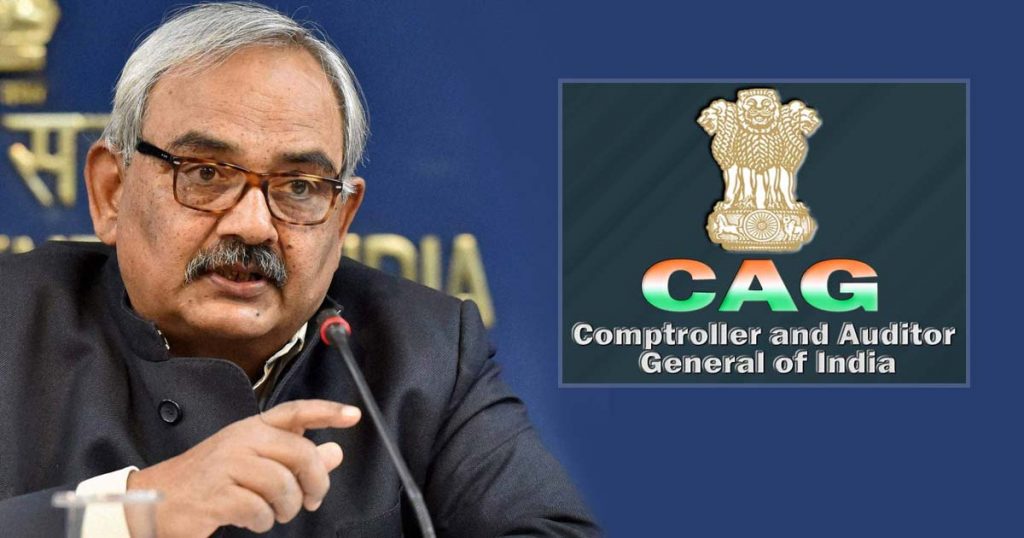
Goods and Services Tax (GST) report prepared by the Comptroller and Auditor General (CAG)’s has hoisted many concerns. However, according to tax professionals, many relevant facts have not been thought through by the government auditor.
CAG raised concern on GST of same nature being contingent to diversified tax rates by illustrating the applicability of distinctive GST on different room rents of hotels and lodges.
For instance, rent up to ₹1,000 per day is GST exempt, while it attracts GST at 12 per cent if it goes higher than ₹1,000 but lower than ₹2,499. And the GST rate increases to 18 per cent for rents between ₹2,500 to ₹7,499 and goes further higher to 28 per cent if per day room rent is more than ₹7,499.
However, as reported by the tax experts, the auditor is averting the fact that the same issues have already been discussed by the GST Council when it concluded that levying the same GST on the room rate for a room in a small lodge and the room in a five-star hotel would be unjust and irrational.
The CAG discovered many other concerns in its GST report. According to them, system certified Input Tax Credit (OTC) via ‘invoice matching’ is unfixed & displaced even after two years of GST regime. Further, the smooth and systematised e-tax system still seems evasive.
In this regard, the experts say that one needs to reconsider the decision and outlook of the GST Council.
GST system is designed in such a way that invoice matching is the essence of this system and so it becomes an inevitable need for taxpayers to comply with it at the beginning itself.
During the VAT regime, there was a need to comply with invoice matching for any of the central taxes. Although some of the states still practised invoice matching before GST regime also but invoice matching was elementary in possibilities of bogus ITC.
Under GST, ITC would be available only when invoices are uploaded in the system.
At present, two return forms – GSTR 1 & GSTR 3B provide invoice matching and as the new system is actualising in phases, more and more invoice matching will enter in through different return forms.
The downfall in the revenue of subsumed taxes (omitting central excise on petroleum and tobacco) by 15 per cent in 2017-18 concerning the year 2016-17, is another post-GST observation by the CAG.
On this subject, the tax experts bring attention to two significant points — rate cut down after the commencement of GST, and compensation cess consideration when comparing revenues.
The rates were brought down in the period beginning from November 2017 and this further brought immediate revenue effects. Comparing the revenues of 2016-17 with the 2017-18 (after GST implementation) without considering the implication of the cess would be puzzling, as stated by the tax experts.
Here the argument may arrive that the cess is solely for the compensation payment, it cannot be avoided when a comparison between post and pre-GST periods is done.
However, the compensation cess has been extracted out of the total indirect tax rates which were leviable in the pre-GST period.
One can not refuse the fact that an increment in returns filings should be one of the main aims of the tax authorities. So, one needs to notice the number of taxpayers pre and post GST regime i.e. about 60 lakh vs 1.18 crore, they said.
Read Also: How to File Online GST Returns for Taxpayers According to the Business Type?
In terms of percentage, there have different graphs of return filing over different periods but overall it has witnessed substantial growth. Approx 75 lakh assessees have filed returns by July 31st for the month of June and this number is anticipated to rise further higher.
The report prepared by CAG has been studied by the Public Accounts Committee (PAC), and now PAC will take into consideration the government’s responses on various findings that have been made by CAG.